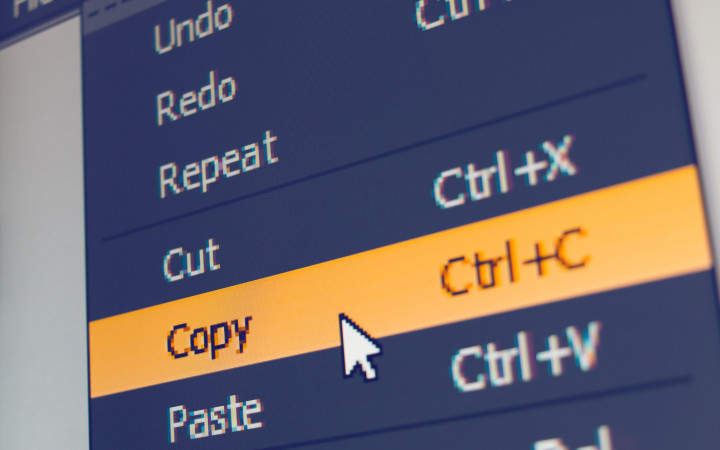Today’s Wonder of the Day was inspired by Cameron from Lafayette. Cameron Wonders, “What is plagiarism” Thanks for WONDERing with us, Cameron!
Picture it: It’s almost bedtime, and you’ve been working on your book report for hours. You’re almost finished. All you need to do is write the perfect conclusion. You’re trying to find the right words when another idea comes to you. Why not just copy and paste a conclusion paragraph from an online article about the book? You wrote the rest of the report yourself, so copying this one paragraph is okay, right?
Wrong! That’s a form of plagiarism—the act of presenting someone else’s work as your own. Today, there are countless blogs and articles online. Many students find it tempting to just copy another person’s work and turn it in. But it’s never okay to commit plagiarism.
Plagiarism comes in many forms. What we described is direct plagiarism, which occurs when someone takes another’s work word-for-word. Another form is patchwork plagiarism. This is when a person copies parts of many articles. They put them all together to form a new work.
Poor paraphrasing is another form of plagiarism. Some people think they can copy another person’s work if they change some words or move a few sentences around. But that’s not true. It’s okay to paraphrase someone else’s idea, but you must explain it in your own words. You should also give the other person credit by citing their work. Failing to cite a source is another way to plagiarize.
Did you know you can even plagiarize your own work? It’s true! It’s called self-plagiarism. This is when someone tries to pass off an old paper as a whole new piece. Additionally, some people commit plagiarism by paying another person to write a paper for them. It’s still wrong, even if the other person knows you’re using their work.
It’s never okay to plagiarize—people deserve credit for their own ideas. How would you feel if you’d worked hard on a paper and someone else tried to pass it off as their own? Of course, the person committing plagiarism is also hurt by the act. They lose the chance to learn and develop their own thinking and writing skills.
How can you avoid plagiarism? Believe it or not, it’s easy to plagiarize accidentally by forgetting to cite a source or paraphrasing poorly. Always double-check that you’ve put quotes from other people in quotation marks. Also, be sure that you’ve cited sources both in the paper itself and on the works cited page.
When it comes to paraphrasing, don’t just copy someone else’s work and then change a few words. Instead, read their work and take some time to think about what it said. You need to understand an idea fully to paraphrase it well. After you’ve thought about it, explain the idea in your own words. And don’t forget to cite the work you’re paraphrasing!
Plagiarism comes with consequences. Students can end up with a bad grade and in a lot of trouble at school. When adults commit plagiarism, they could lose their job. They could also face a lawsuit. Plagiarism can also hurt anyone’s reputation.
Everyone should get credit for their own work. After all, there are great ideas swimming around in your head! We think all our Wonder Friends have thoughts worth sharing. Putting those ideas to paper can help you grow them further and share them with the world.
Standards: CCRA.L.3, CCRA.L.6, CCRA.R.1, CCRA.R.2, CCRA.R.4, CCRA.R.10, CCRA.SL.1, CCRA.SL.2, CCRA.W.2, CCRA.L.1, CCRA.L.2,




